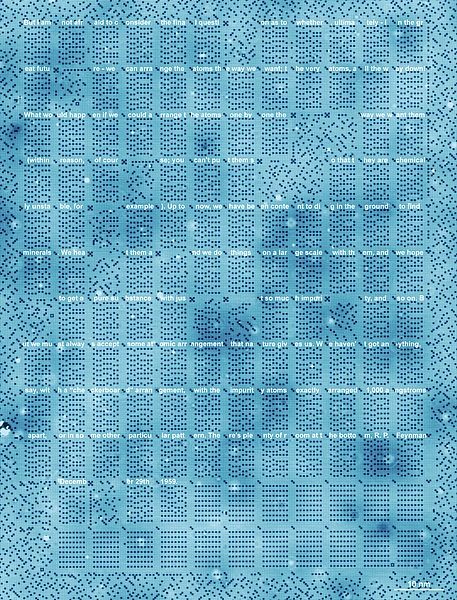Dutch scientists have just revealed the world's smallest hard disk that only uses atomic particles. This breakthrough technology uses chlorine atoms that holds information which can be considered as one of the most efficient data storage methods ever developed.
This hard disk can store 1 kilobyte of data or 8,000 bits and can store a magnitude of 500 Terabits, for every square inch which is 500 times more powerful than existing hard disks commercially available right now.
According to lead author of the study, Sander Otte from the Kavli Institute of Nanoscience in Delft University in Netherlands, in theory, all books ever written and published by all mankind can be placed in this storage density of one single postage stamp.
Scientists have utilized a scanning tunneling microscope in order to manipulate these atoms where each of them represents binary code that is the digital language of computers in encoding data.
Otte explains how every bit consists of two positions that are on top of the surface of copper atoms, as one chlorine atom can shift back and forth among these two positions. When this chlorine atom is on top, this yields a hole under it, and is considered as a 1. When the hole is on top making the chlorine atom at the bottom, that will become a 0.
With the help of the scanning tunneling microscope, the researchers are able to arrange around the holes on this copper surface to encode different kinds of data, where they compare this hard disk to a sliding puzzle as each piece is an atom or a hole.
All chlorine atoms surround each other, leaving them in a stable, stationary condition as past attempts to encode data on this type of atomic scale involved scattered atoms.
This hard disk's data is arranged in blocks consisting of 8 bytes or 64 bits where each of them possesses a marker consisting of holes that acts like a barcode, which then reveals the location of the block on top of the copper surface.
By using this new technique, it can pave way for better and improved stability however, further research is needed to be able to apply this technology in a working infrastructure like a data center.
Researchers added that its memory can only operate in very pristine and clean vacuum environments at a liquid nitrogen temperature of 77 Kelvins, which means that atomic data storage needs much improvement to make this commercially available.
This new study is published in Nature Nanotechnology.



























